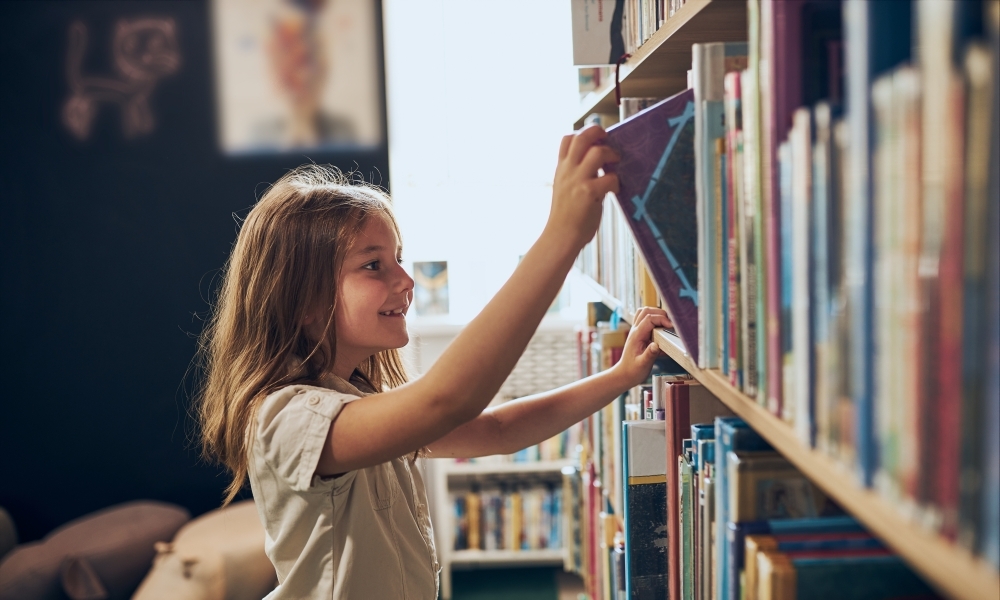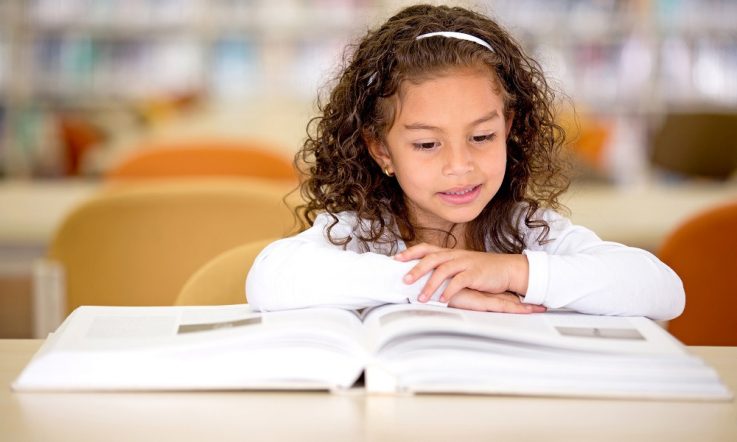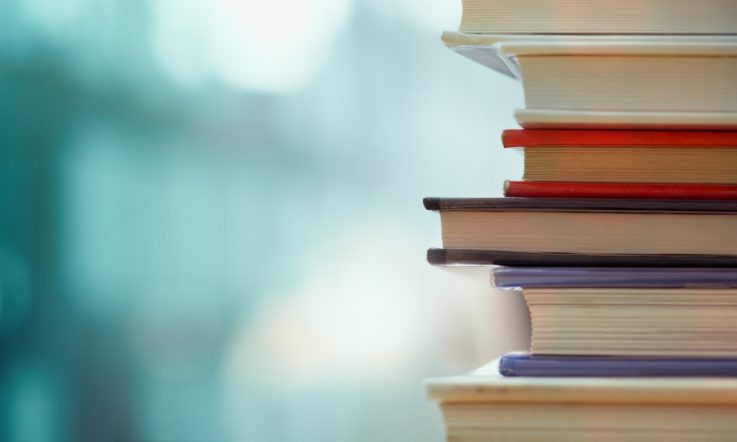Australian students’ literacy achievement has remained steady in the face of the COVID-19 pandemic, according to results from the 2021 Progress in International Reading Literacy Study (PIRLS).
The latest PIRLS results, released overnight by the Australian Council for Educational Research (ACER), show 80% of year 4 students in Australia met the proficient standard (the PIRLS Intermediate benchmark), including 14% at the Advanced benchmark and 34% at the High benchmark.
PIRLS has measured trends in year 4 students’ reading literacy achievement every 5 years since 2001. The latest cycle, which was delayed by the pandemic, marks the third time Australia has participated in PIRLS, following 2011 and 2016.
Almost 5,500 year 4 students from 281 schools around Australia participated in the PIRLS 2021 assessment. Internationally, over 400,000 students in 65 countries and educational systems took part.
‘Every child deserves the chance to become a competent reader,’ PIRLS National Project Manager for Australia, ACER Senior Research Fellow Kylie Hillman, says.
‘Students in year 4 are at a key transition point in their schooling, moving from “learning to read” to “reading to learn”. Support for students who find reading challenging is essential to prevent them falling behind in other learning areas, as more of their schooling draws on their reading skills.’
The impact of COVID-19 restrictions
PIRLS collected information from principals about the number of weeks normal school operations were impacted by the COVID-19 pandemic. In Australia, 48% of students who participated were in schools in which normal instruction was impacted by COVID-19-related restrictions for 8 or more weeks. In fact, 92% of participating Australian students were in schools that were disrupted by the pandemic.
Internationally, the lowest proportions of disruption were recorded in Russia (39%) and Chinese Taipei (23%).
Hillman notes, of the Australian states and territories, Victorian students spent the longest periods of time in remote learning during the pandemic and had only recently returned to face-to-face learning at the time of the 2021 PIRLS assessment.
‘Encouragingly, the reading results for this cohort of Victorian students when they took NAPLAN in 2022 were similar to the results for the previous cohort of year 5 students in 2021,’ Hillman says.
‘Many of the Australian teachers who participated in PIRLS 2021 had just lived through weeks and weeks of remote learning, perhaps fulfilling the roles of teacher and parent at the same time. For Australian students’ average reading achievement to have held ground in such difficult circumstances is a testament to our teachers’ dedication and professionalism.’
Students’ behaviour and attitudes to reading
In PIRLS 2021, students were asked questions about what they read and how they feel about different aspects of reading. Results show that 29% of Australian year 4 students very much like reading, 45% somewhat like reading and 26% do not like reading. Australian students who very much like reading scored significantly higher in reading (562 points), on average, than those who somewhat like reading (542 points) and those who do not like reading (517 points).
‘The importance of establishing strong positive attitudes towards learning – particularly towards reading – that underlie so much of students’ learning is undeniable,’ the report – Australia’s results from PIRLS 2021 – reads (Hillman et al, 2023).
Students were also asked about their use of digital devices to read or find information. The results show the majority of Australian students spent 30 minutes or less using digital devices to find and read information per school day.
Students who reported that they spent either more than 30 minutes or 30 minutes or less using digital devices for their schoolwork had higher reading scores, on average, than students who spent no time using digital devices to find and read information for schoolwork.
The teaching of reading in Australia
Teachers were asked to indicate how they felt about their profession, how regularly they felt enthusiastic about their job, or felt pride in the work they did.
Almost half (49%) of the Australian students in PIRLS 2021 were taught by teachers who were very satisfied with their profession (down from 58% in 2016), while 10% of students were taught by teachers who were less than satisfied with their profession – an 8-percentage point increase since 2016.
In PIRLS 2021, the average time spent on language instruction in Australia was 328 hours per year, or 32% of instructional time. These figures are similar to those reported in PIRLS 2016.
Results also show that 87% of Australian year 4 students were assigned short stories at least once a week and 86% were assigned longer chapter books at least once a week. There appeared to be a benefit associated with the regular assignment of longer fiction books, as those who were assigned such texts weekly scored a statistically significant 14 points higher, on average, than students whose teachers assigned longer books less than once a week.
‘While these differences in average reading scores may not be as large as those associated with other factors, regular use of longer fictions books is certainly a factor that is within the control of reading teachers,’ the report reads.
Students whose teachers assigned plays for reading instruction once a week or more often scored lower, on average, than students whose teachers used these texts less often.
International comparisons
The 2021 results show students in Australia outperformed their peers in 28 other countries, including New Zealand, France and Germany.
Australia’s average score was lower than the average scores for 6 other countries, including Singapore, Hong Kong and England (all tested in English), as well as other top-performing countries, the Russian Federation, Finland and Poland.
Of all participating countries, students in Singapore scored the highest, on average, on the PIRLS 2021 assessment, followed by students in Hong Kong and the Russian Federation. In Singapore, 1 in every 3 students reached the Advanced benchmark for reading comprehension and a similar proportion of students reached the High benchmark.
References
Hillman, K., O’Grady, E., Rodrigues, S., Schmid, M., & Thomson, S. (2023). Australia’s results from PIRLS 2021. Australian Council for Educational Research.
The full report, Australia’s results from PIRLS 2021, is available from the Australian PIRLS website: www.acer.org/pirls



